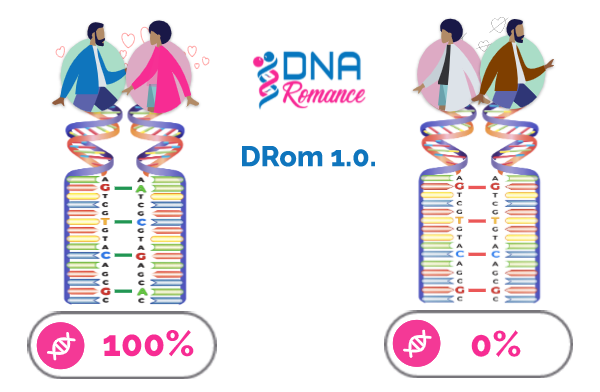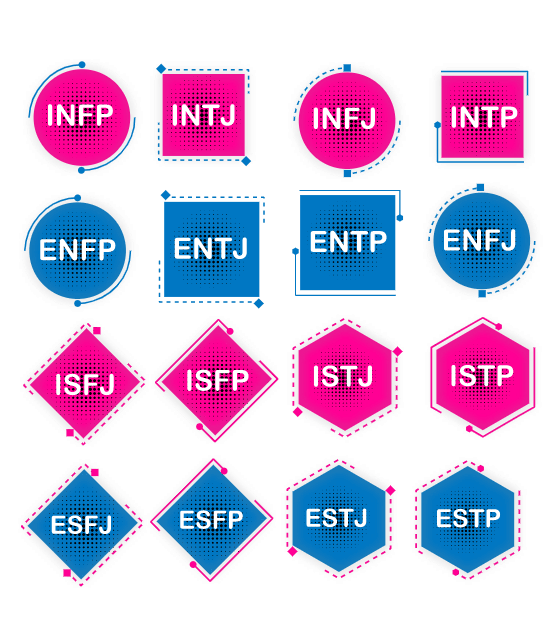The Science Behind Relationship Compatibility
DNA Romance predicts "Chemistry" online using the DRom 1.0 algorithm. This algorithm assesses 100 specific markers within your DNA, focusing on genes proven to be involved in attraction and reproduction. Studies have shown that people with varied DNA markers in the Major Histocompatibility Complex (MHC) tend to find each other’s scent appealing and often enjoy more durable romantic relationships .
DRom 1.0 Predicts Chemistry & Mismatches Relatives

DNA Romance also forecasts personality compatibility, using personality types derived from psychometric tests, and allows users to evaluate shared common interests using filters, and physical attraction based on their match’s photographs. DNA Romance’s second genetic algorithm DRom 2.0 uses an AI model trained with relevant DNA markers to predict phenotypic traits with high accuracy. DRom 2.0 complements DNA Romance’s profile verification mechanism, which presents multiple layers of checks that help to better indicate user profile authenticity.
Personality Compatibility Rating
How Different Personality Types Interact in Relationships
Explore our
personality compatibility rating,
inspired by the renowned Jung/Myers-Briggs 16 personality types. Developed over a century ago by Swiss psychiatrist Dr. Carl Jung and further refined by Isabel Briggs Myers and Katherine Briggs, this psychometric test has stood the test of time. Recognized as the Myers-Briggs Type Indicator®, it's widely used in organizational psychology.
DNA Romance utilizes this personality compatibility algorithm to predict potential connections between both singles and couples. DNA Romance's algorithms strategically assign higher compatibility scores to similar personality types, and lower scores to those that may conflict .
